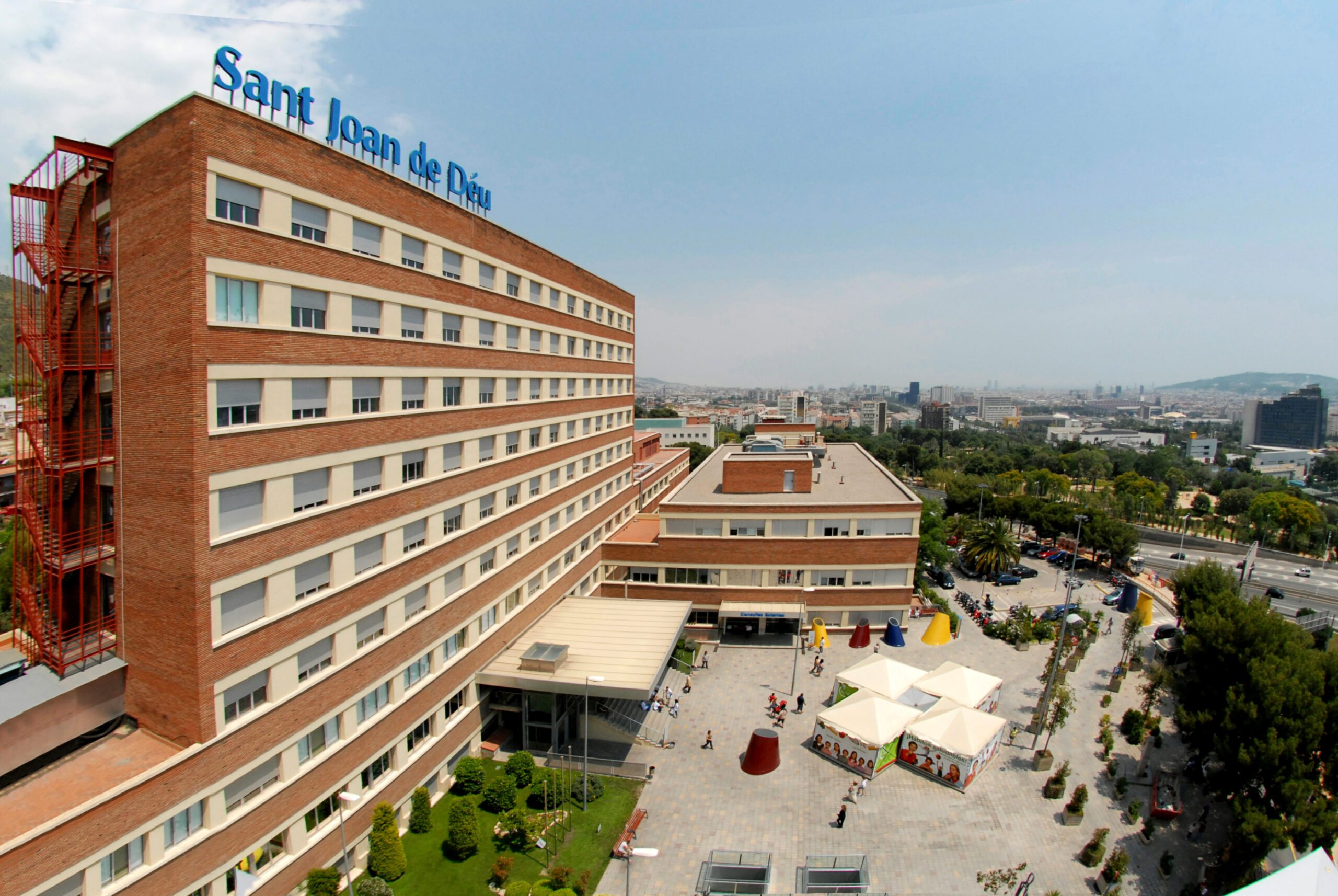Rehabilitation of Cerebral Palsy
Cerebral palsy – pathology when cerebrum tissues are harmed, causing disturbances in nerve impulses sent through the organism. A person can’t move normally, experiencing difficulties in musculoskeletal system management. Additionally, when moving, a person experiences strong pain, unstable coordination and standing position instability. Cerebral palsy rehab helps fight this pathology.
Current methods of rehabilitation for cerebral palsy
Therapy for children
Rehabilitation of children with cerebral palsy consists in increasing the limbs and spine mobility, improving overall organism development – crawling, balance when sitting, walking – and eliminating discomfort when trying to move. Treatment is compiled individually, considering the child’s possibilities and his/her condition. General procedures are as follows:
- muscle development, increasing in their strength and susceptibility to physical exertion;
- reduction of excessive muscle tension – special stretching use;
- encouraging play activities in daily life requiring physical evolving;
- special auxiliary mechanisms to improve the child’s mobility.
Therapy for adults
Therapy for adults consists in functional muscle improvement and neural muscle control catalyzation. Particularly, following physiotherapy procedures are offered:
- muscle strengthening with special mobilization and strengthening practices;
- minimizing defective movements of the support system parts by activating and aligning muscles;
- limb mobility and balance improvement by using special devices;
- postural retraining, etc.
Occupational cerebral palsy rehabilitation
Therapy for cerebral palsy is aimed at returning the ability to fully function in everyday life and perform usual tasks. Occupational therapy tries to enhance the natural ability to perform daily workloads.
- Functional techniques in groups or independently.
- Hand therapy, particularly, special programs and splinting.
- Teaching patients to control the muscles pressure – correct poses in the supine position and when walking.
- Massage practices to eliminate discomfort and stiffness feelings.
- In severe cases, apparatus techniques are used.
Speech therapy for cerebral palsy
With cerebral palsy, patients have trouble swallowing and speaking. Additionally, there are often challenges in conveying thoughts in writing and verbally. Therapy goal is improving these aspects are:
- speech therapy consultations: speech apparatus exercises, special devices use – lip gum, etc.;
- group therapy: communication with people with similar defects, laughter therapy;
- techniques for improving writing, particularly, through adaptive equipment.
Neuropsychological therapy
Cerebral palsy is a pathology being present in humans for life. It’s quite difficult to adopt it, and doctors resort to neuropsychic therapeutic methods. Such therapy is aimed at improving the psycho-emotional state and the level of patients’ consciousness.
- Professional psychologists advice, training and group classes.
- Techniques preventing consciousness modifications during anxiety.
- Recommendations to family members on communication with the patient and help him/her adapt to the disease.
Orthopedic insoles for rehabilitation of cerebral palsy patients
With foot pathological modifications, patients are prescribed to wear orthopedic insoles permanently. Additionally, this therapy includes:
- special tires for night and day rest, helping to even out contractures;
- footwear type changing to correct disproportionate leg length and improve patient mobility.










